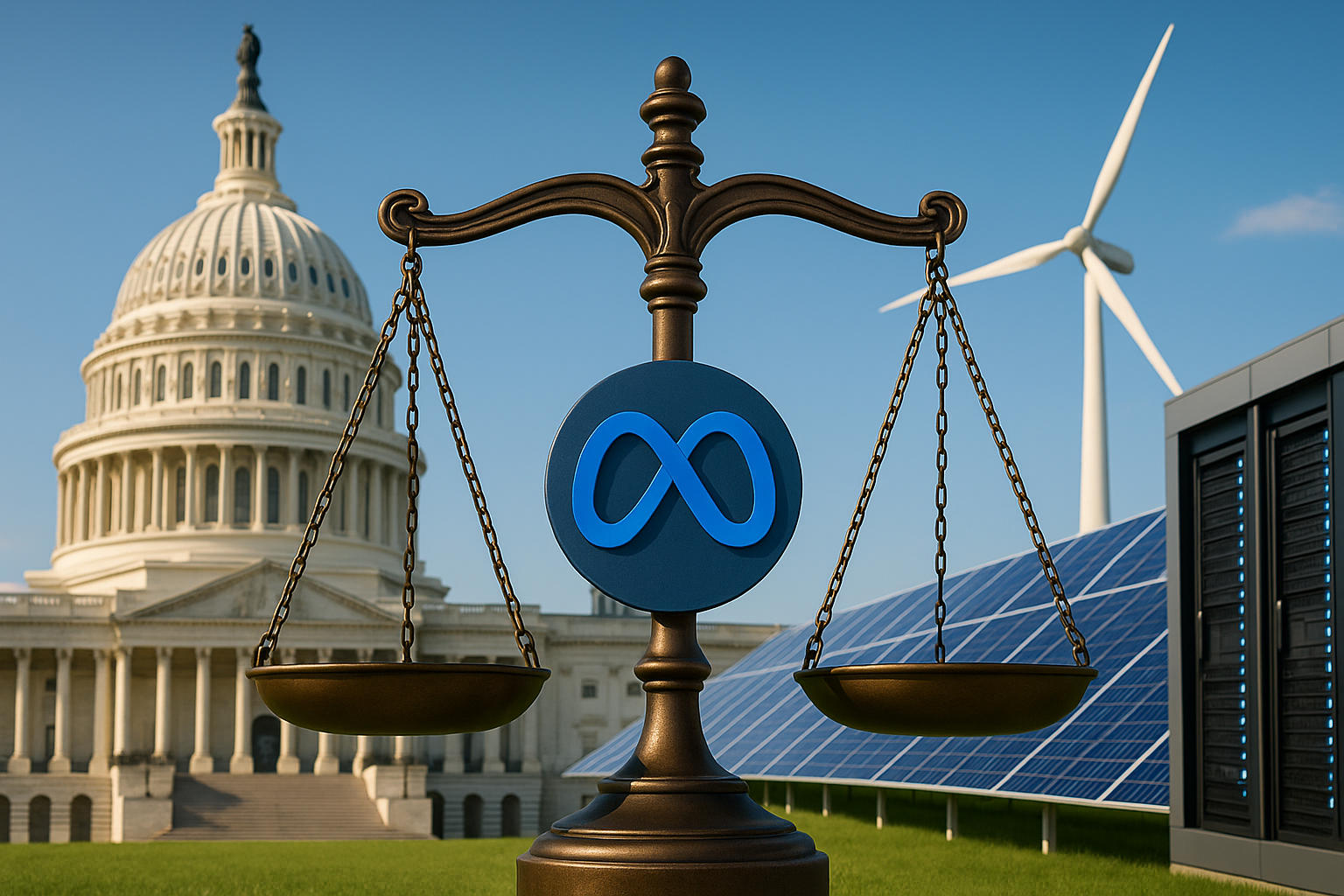 Funny how you can wake up thinking you’ve got the landscape all mapped out, only to realize someone redrew the lines overnight. That’s pretty much the scene playing out now: Senate Republicans hustling through a budget measure that, frankly, takes a scythe to wind and solar tax credits. While folks in Washington call it “fiscal responsibility,” the clean-energy sector’s bracing—like you do when you see a storm on the radar and you’re not sure if it’s a drizzle or a category five.
Funny how you can wake up thinking you’ve got the landscape all mapped out, only to realize someone redrew the lines overnight. That’s pretty much the scene playing out now: Senate Republicans hustling through a budget measure that, frankly, takes a scythe to wind and solar tax credits. While folks in Washington call it “fiscal responsibility,” the clean-energy sector’s bracing—like you do when you see a storm on the radar and you’re not sure if it’s a drizzle or a category five.
But right when you’d expect a collective slump, here comes Meta—yes, that Meta—pushing chips to the center of the table. Their new 791-megawatt bundle of wind and solar deals? It’s not some glossy brochure photo-op. It’s a blunt statement that renewable power has moved past being a nice-to-have and straight into must-have territory. You can almost picture two headlines stacked on the newsstand—one about tax credits vanishing into the ether, the other about a corporation treating clean energy like the plumbing: essential, invisible when it works, catastrophic when it fails.
Billions Teetering on a Policy Knife-Edge
So here’s the crux (if we can call it that): Unless developers pour concrete before 2026, their projects get left out in the cold, tax-wise. A proposed excise tax got yanked at the eleventh hour—small mercy—but the rest of the bill still packs a wallop. I’ve heard more than one analyst mutter that as many as 2.3 million jobs could simply evaporate, poof, if the credits expire on schedule. And you can bet that any costs from the vacuum will land squarely on the average person’s utility bill. Funny how that part always trickles down.
It’s not just about dollars. In this era where everything—AI clusters, electric vehicles, your neighbor’s heat pump—is clamoring for megawatts, timing isn’t a bureaucratic detail. Delays can calcify into stranded projects and brittle grid reliability.
Meta’s Big Bet on Sun and Wind
Meanwhile, Meta and Invenergy are scribbling a different playbook. That 791-megawatt agreement adds to a growing stash—1.8 gigawatts total, for those counting—meant to keep AI servers humming from Ohio to Texas. If you think it’s a greenwashing flourish, think again. These contracts are about stability, maybe even survival. Nobody wants to explain to shareholders why power costs swung 40% because they relied on certificates instead of real electrons.
It’s a sign that big tech doesn’t plan to wait for policy to sort itself out. They’re making their own insurance policies, kilowatt by kilowatt.
Infrastructure or Afterthought?
You can squint at all this and see a deeper question taking shape: Are renewables still optional frosting on the cake, or are they finally recognized as the cake itself?
If incentives dry up tomorrow, a lot of developers will stall out. But companies with the foresight—and the cash reserves—are wiring renewables straight into their business models. That split tells you something. It suggests we’re watching the birth of a new norm: clean power as a baseline, not a luxury.
Some Ideas (Take ’Em or Leave ’Em)
-
Guard Access, Not Just Subsidies
Maybe think about extending credits to fit the real timelines it takes to build these things. -
Reward In-Kind Contributions
If a corporation wants to build out grid capacity, make it easier, not harder. -
Embrace Dual-Use Partnerships
The more public and private players share risk, the sturdier the foundation.
No Neat Bow on This
One narrative looks an awful lot like retreat: an impulse to pull back, maybe tidy up the balance sheet, but at what cost? The other one is a leap—bold, imperfect, but forward. As the weeks roll on and the headlines cycle, we’ll see which vision gets more traction.
Personally? I’m inclined to think Meta’s bet—putting steel in the ground, treating renewables as a given rather than a gamble—may age better. But hey, history has a wicked sense of humor, and it’s rarely kind to those who assume they know exactly how the story ends.
